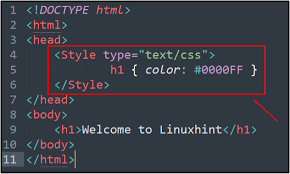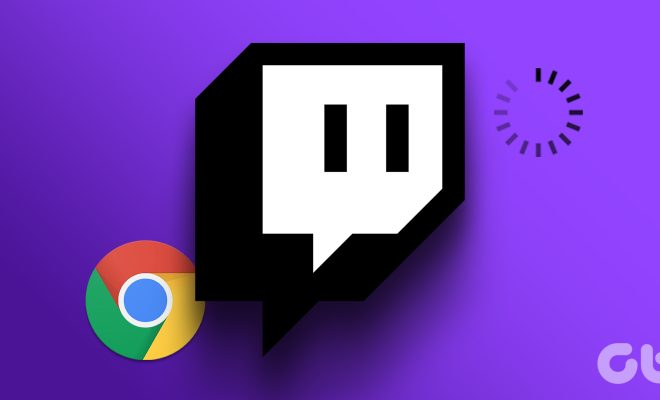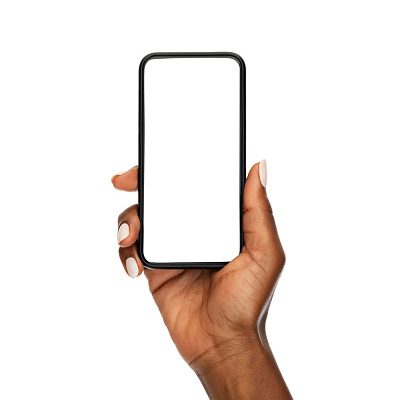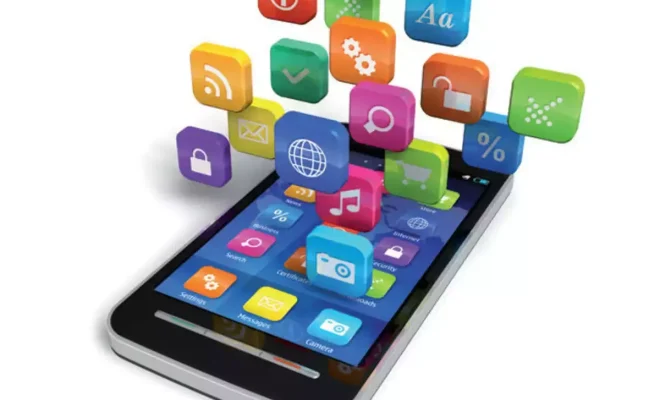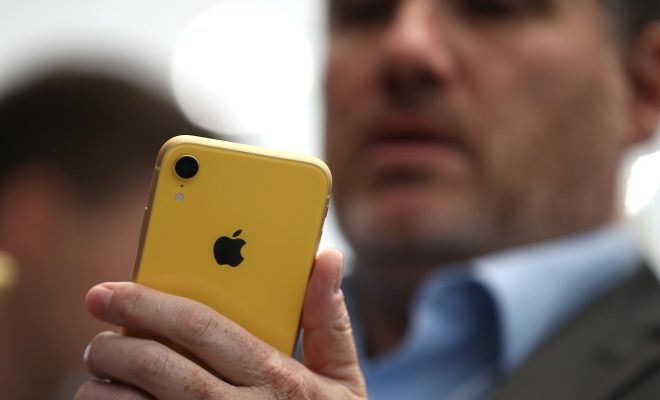Most Important TV Connections Explained
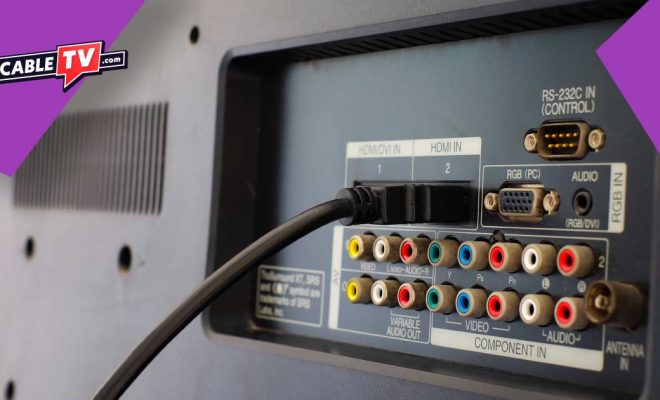
Television technology has advanced rapidly over the years, and with it has come a range of connections that allow you to connect your TV to other devices for an enhanced viewing experience. The type of connection you use will depend on the type of TV you have and the devices you want to connect to it. In this article, we’ll explore the most important TV connections and explain what they’re used for.
HDMI
HDMI (High Definition Multimedia Interface) is perhaps the most widely used connection for modern TVs. It allows for high-quality audio and video to be transmitted between devices, making it perfect for connecting your TV to a range of devices, such as set-top boxes, gaming consoles, DVD and Blu-ray players, and computers. HDMI connections support resolutions up to 4K and can also transmit 3D video and Ethernet data.
USB
The USB (Universal Serial Bus) connection is another common connection on modern TVs, and it’s used for connecting external devices such as hard drives, flash drives, and digital cameras. These devices can then be used to access media, such as photos, music, and videos, directly on your TV.
AV
The AV connection, which stands for audio/video, is an older connection that was commonly used in older TVs and VCRs. It uses composite video and stereo audio cables to transmit video and audio signals between devices. While it’s not as popular as it used to be, you can still find devices that use this connection, such as older gaming consoles and DVD players.
Component
Component video is an analog connection that’s still used in some devices, such as older gaming consoles, DVD players, and cable boxes. It uses three cables, one for video and two for audio, to transmit high-quality video and audio signals. However, it’s not as widely used as HDMI because it doesn’t support high resolutions.
VGA
VGA (Video Graphics Array) connection is another older connection that’s still used in some devices, such as older computers and laptops. It’s used to transmit analog video signals from a computer to a TV, monitor, or projector. However, like the component connection, it’s not as popular as it used to be and is gradually being phased out in favor of HDMI and other digital connections.

